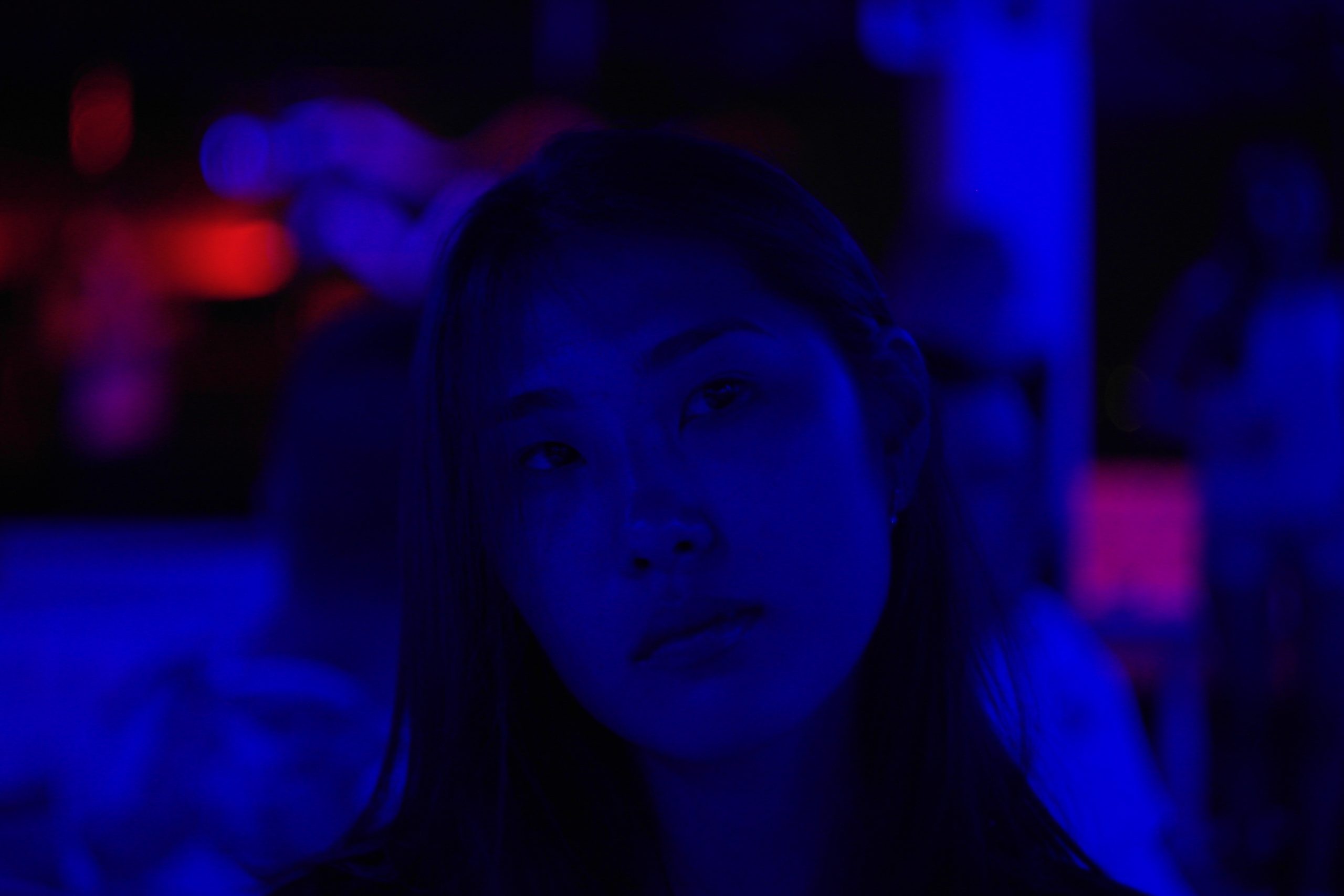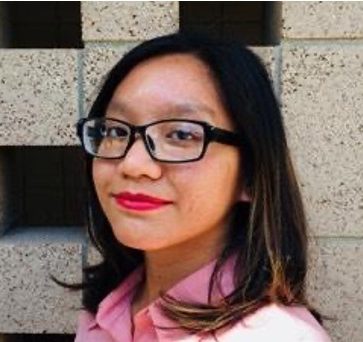Navigating body size and image as an Asian American woman, especially as a daughter of immigrant parents can be difficult,” says Rachel Kuo from Everyday Feminism.
Asian Americans often come from two different cultures: their cultural heritage and the American culture. Because of that, Asian Americans feel ambivalent, caught in the ambiguity of the in-between. For women in this community, body image is a large issue.
The Cultural Pressure from Asia
The ideal woman in East Asia is feminine, slim and pale-skinned. I only saw women who fit these standards in film, media and advertisements when I visited Japan and Taiwan. Selling fat-burning pills? I would see a beautiful, slim woman with a bottle of pills in her hands on a poster. It sends out the message that beauty is the norm. It’s supposed to be effortless.
Because of that, being overweight is synonymous to laziness and lack of self-care. In East Asia, people are quick to point out your weight in casual conversations under the veil of concern. If you’re overweight, how can you find yourself a partner? These kinds of words reinforce how beauty is used as a tool to oppress people, especially women.
https://www.instagram.com/p/B3cHhWnhtdp/?utm_source=ig_web_copy_link
While it’s true that East Asian people are genetically predisposed to health concerns, such as diabetes and high blood pressure, having a lower body mass index (BMI) than their Caucasian counterparts doesn’t dismiss the issue of body-shaming under the excuse of health. Unfortunately, body size isn’t the only problem in East Asian societies.
The skincare and cosmetics industries in these countries also feed into this beauty standard through popular products such as skin-lightening cream, sunscreen and foundation.
In South Korea, the country where K-beauty originated from, extensive skincare and makeup routines are seen as normal — a form of self-care. While that may be true to a certain extent, the pressure to maintain a perfect body and the resulting “Escape the Corset” movement demonstrate the oppressiveness of South Korean society.
From my understanding, pale skin symbolizes wealth because it means a person didn’t have to work under the sun. The conflation between skin tone and beauty comes from historical context, when rich people had the luxury to earn money in ways other than farming. This holds true even today in East Asia, as evident by celebrities and models in China, South Korea and Japan.
Pressure from American Culture
While East Asian beauty standards seek to oppress women into conformity, American culture — and to a larger extent, Western culture —dehumanize Asian women and Asian American women into sexual objects.
“Historically and presently, Western media portrayals of Asian women sexualize us into exotic objects of desire. Consequently, the utility of an Asian woman’s body becomes about being a passive commodity of sex,” Kuo says.
Tiny. Petite. Cute. Docile. Quiet. These descriptors hold meaning when used to describe Asian and Asian American women because they signify how Western societies fetishize the Asian woman’s body.
It’s Orientalism at its finest. In media, we see a dichotomy in stereotypes through the Lotus Blossom—an Asian woman who’s demure and submissive — and the Dragon Lady — an Asian woman who’s cunning and unashamed of employing her feminine wiles in her schemes. It’s similar to the virgin-whore dichotomy in which the woman always loses. The Asian American woman loses because her body has been typified in such a way.
Not only does American culture objectify the Asian woman’s body, but it also enforces its own beauty standards. One of the things that East Asia and Western countries have in common is the value of thinness as a prerequisite for beauty. While the U.S. has become more body positive, racial expectations still remain for Asian American women.
Julie Feng from The Body Is Not an Apology terms this as the inescapable “for/because” clause, in which people of color cannot escape objectification and belittlement for how they look.
“In this system, the bodies of people of color cannot exist without adjunct captions. Asian people cannot be thin, fat, tall, short, etc. without the implicit addition of ‘Asian.’ An Asian person with creased eyelids is ‘an Asian person with white eyes,’ and an Asian person with epicanthic folds (also known as monolids) is ‘typical,’ and therefore subject to a whole slew of racist caricatures and epithets. Therefore, my body image is inextricably tied with my race,” Feng says.
Body Dissatisfaction Leads to Eating Disorders in Asian American Community
Body dissatisfaction also comes from within the household. In an Asian household, food can be a wonderful way for a family to bond. Food can also be a testy issue. It goes back to body image issues. Whenever I eat with my family, it’s common for my aunt to push more food onto my plate even after I say that I’m full.
“Finished with your veggies already? Oh look, there’s more veggies for you to eat.” Thus, the cycle begins. In Chinese culture, it’s rude to leave leftovers on your plate. In these situations, you’re forced to finish the pile of food that keeps piling.
Lauren Kim from Multi-Service Eating Disorders Association discusses her frustration with eating with family. “Being around extended family always meant one thing: that I’d have to bear hours of being force-fed excessive amounts of food by the same people who would tell me to my face that I had gained weight since the last time they saw me. And through it all, I would force a tight-lipped smile and try to maintain my composure. If I was ever so bold as to politely refuse the food that was offered, I’d be urged by my mother to ‘just be polite’ and eat.”
I had similar experiences myself. Whenever I ate out with family and family friends, it’s common for them to point out my weight. I’ve come to the point where I would reject food forced onto my plate by other people.
“Wow, you must be trying to diet,” they would say with a smile. It’s a lose-lose situation: you’re either going to be fat-shamed or shamed for knowing your limits on how much you can eat in one sitting. What they want can only be achieved with a high metabolism: staying thin while eating as much as expected in Chinese culture.
With the pressure added from two cultural standpoints on beauty, it’s no surprise that many Asian Americans would experience dissatisfaction with their body image. According to the National Eating Disorders Association, teenagers, regardless of their race, attempt to lose weight at similar rates.
However, teens from minority groups are less likely to receive help and support. It’s hard for eating disorders and mental health issues to be acknowledged in an Asian American household because of the stigma attached to seeing a therapist.
Eating disorders continue to be a topic that’s passed over in Asian American households because it can be disguised as self-care in Asian culture — the quest for thinness. I hope that one day Asian American women can reach body acceptance despite the pressure from all levels, from society to family.
















